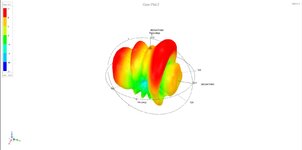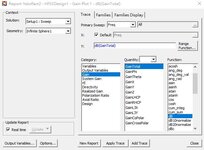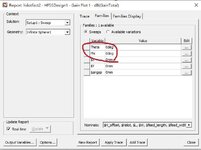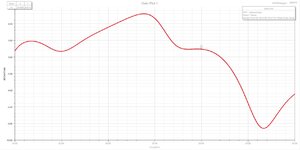sams01
Newbie
I have simulated a aperture coupled patch antenna array, but it has difference in 3D polar port and rectangular port. Why are the gain values of the two graphs different? max Gain is 9.9dB in 3D polar port, but it is different in rectangular port (center frequency:28Ghz).



